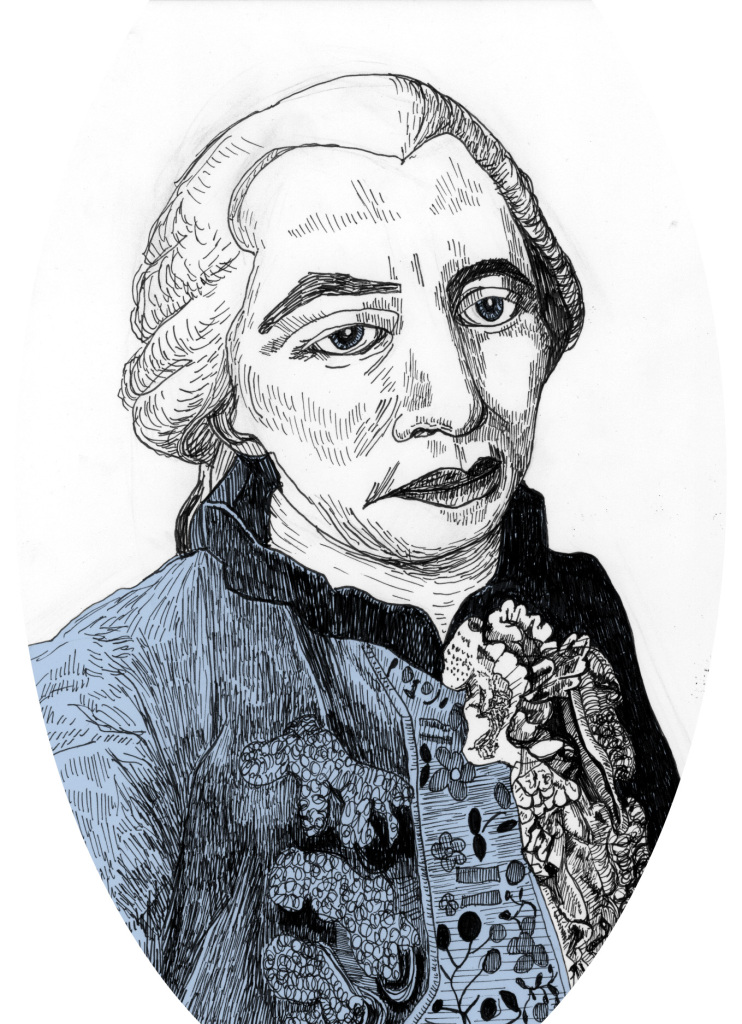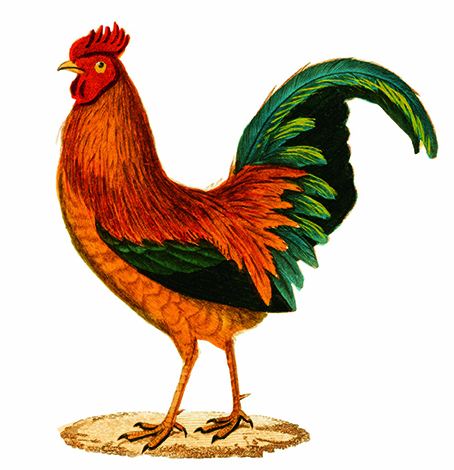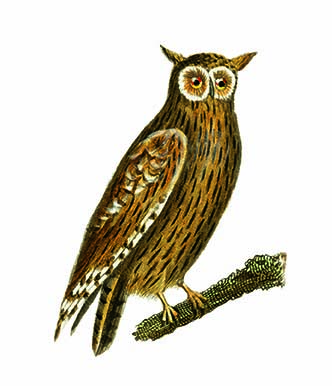The Age of Enlightenment in Europe brought us, among other things, Isaac Newton and the scientific revolution, the Dutch Golden Age, Voltaire, both the American and the French revolutions, Diderot’s massive compilation of all things known and unknown: the Encyclopedia, and this guy, Georges-Louis Leclerc, Comte de Buffon, author of a 36-volume massive work of Natural History, called Histoire naturelle, générale et particulière. He was one of the most widely read authors of his day.
His books covered all things animal and mineral; questioned the theories of Linnaeus and the usefulness of mathematics; outlined a history of the Earth not based on Biblical accounts; and came up with the first principle of biogeography: that different regions develop their own distinct animals and plants, even if their environments are similar. He theorized that different species of animals developed and changed over time, and was a precursor to Darwin. He was made keeper of the Jardin du Roi in 1739 at the age of 32, which eventually became the Jardin des Plantes, and eventually included the first modern zoo.
As far as birds are concerned, his work included nine whole volumes devoted to them, published between 1770 and 1783. His drawings and essays were for the most part based on specimens collected by others and brought to him, but he also includes information and observation about birds in France. His paintings and descriptions were a complete overview of the state of knowledge on the subject of ornithology in the eighteen century.
A selection of his drawings of birds were recently republished with an accompanying DVD, you can buy one here at an affordable price. The extended version, All the World’s Birds: Buffon’s Illustrated Natural History General and Particular of Birds is also available in a much less affordable and portable, though quite lovely, edition on Amazon. There are also various internet sites which will allow you to view scans of the surviving volumes.



